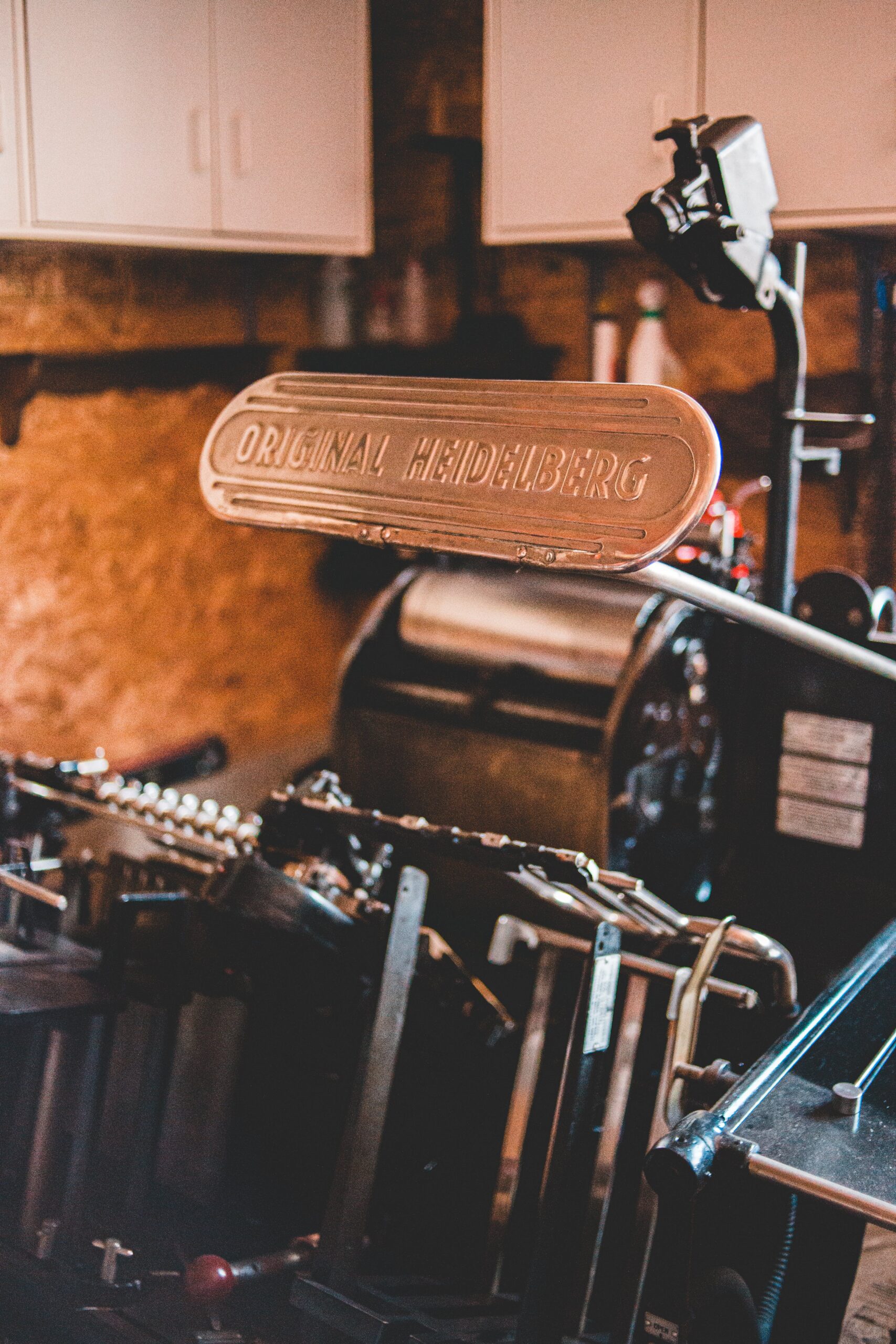Quite the journey we’ve had in the world of printing technology! It all started with Johannes Gutenberg‘s invention of the printing press around 1440. This groundbreaking innovation used movable type to print text on paper, revolutionizing the way information was disseminated.
Fast forward a few centuries, and we witnessed the rise of various printing techniques like engraving, etching, and lithography. These methods paved the way for the mass production of images and illustrations.
The 19th century brought us offset printing, which involved transferring ink from a plate to a rubber blanket before printing on the desired surface. This process became a standard in the industry and is still used today.
Now, let’s talk about the 20th century—enter digital printing. With the advent of computers, printers evolved to directly interpret digital files, eliminating the need for traditional printing plates. This marked a significant shift toward more efficient and customizable printing processes.
And here we are in the 21st century, where 3D printing has taken the spotlight. Also known as additive manufacturing, 3D printing builds objects layer by layer using materials like plastic, metal, or even biological substances. It’s a game-changer, allowing for the creation of complex and customized items, from prototypes to medical implants.
The evolution of printing technology reflects not only advancements in engineering and materials but also the ever-growing human desire for more efficient, versatile, and creative ways to reproduce and share information. It’s fascinating how we’ve gone from movable type to printing three-dimensional objects! What are your thoughts on this technological journey?


